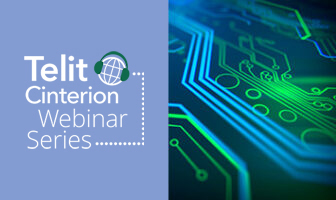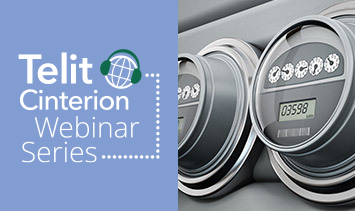Internet of Things (IoT) technologies address fundamental challenges in the agricultural industry. Smart farming solutions utilize data collection and automation to improve operational efficiency and optimize resources. Connected devices help farmers augment production in key areas, such as predictive maintenance and tank level monitoring.
Smart Agriculture in Action
Agriculture operations demand:
- Precision
- Reliability
- Long-term performance
Predictive maintenance uses IoT-enabled sensors and analytics to monitor equipment health in real time. These systems detect signs of wear or malfunction and alert the user before a failure occurs. This prevents costly downtime during critical farming periods, such as harvest. With ag-tech solutions, farmers can schedule maintenance during non-peak times.
Remote sensors also track material levels in tanks and silos and send real-time data to the user. Data insights help avoid overflows or shortages. Time and labor are saved, while deliveries and inventory are optimized.
Devices connect to a cellular network and operate for months or years without needing to recharge or replace batteries. Extended battery life lowers the total cost of ownership and reduces maintenance.
Hardware dependability is essential in remote, rugged environments. Devices must withstand extreme weather events and other harsh field conditions.
Connectivity in Agriculture
Reliable connectivity is the backbone of any successful IoT solution.
Smart agriculture systems must be:
- Connected
- Manageable
- Scalable
Agricultural customers work closely with IoT partners to address real-world challenges. IoT solutions teams evaluate power requirements and select weather-resistant devices that withstand harsh environments. They also implement connectivity strategies suited for remote areas.
IoT solutions deliver:
- Cost savings
- Operational efficiency
- Improved resource management
Connectivity and device management are crucial to maintaining stable networks in remote areas. Solutions teams enable remote provisioning to reduce site visits, thereby enhancing system manageability and reducing operational overhead.
Key Takeaways
Watch this Q&A on smart agriculture to walk through the initial inquiry to full-scale deployment. We discuss critical decision points and how technology plays a role in modern agriculture. You’ll hear from a solutions expert who provides agricultural partners with durable and connected solutions in the field.
You will learn:
- How solutions teams respond to customers’ complex challenges with a step-by-step engagement process
- To identify critical technology considerations in agriculture, including hardware durability and remote connectivity
- About high-value use cases and how customer needs are tailored into custom solutions


